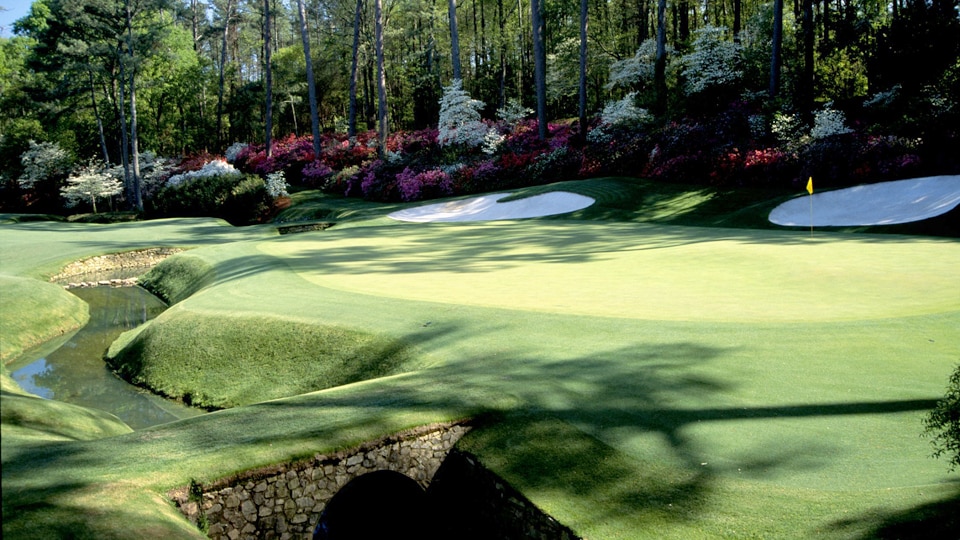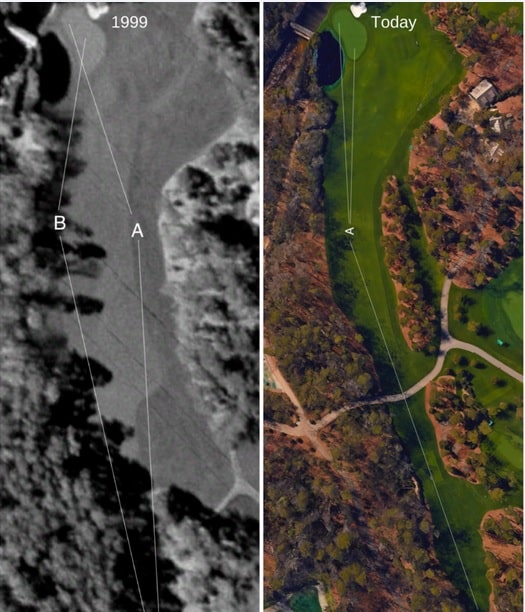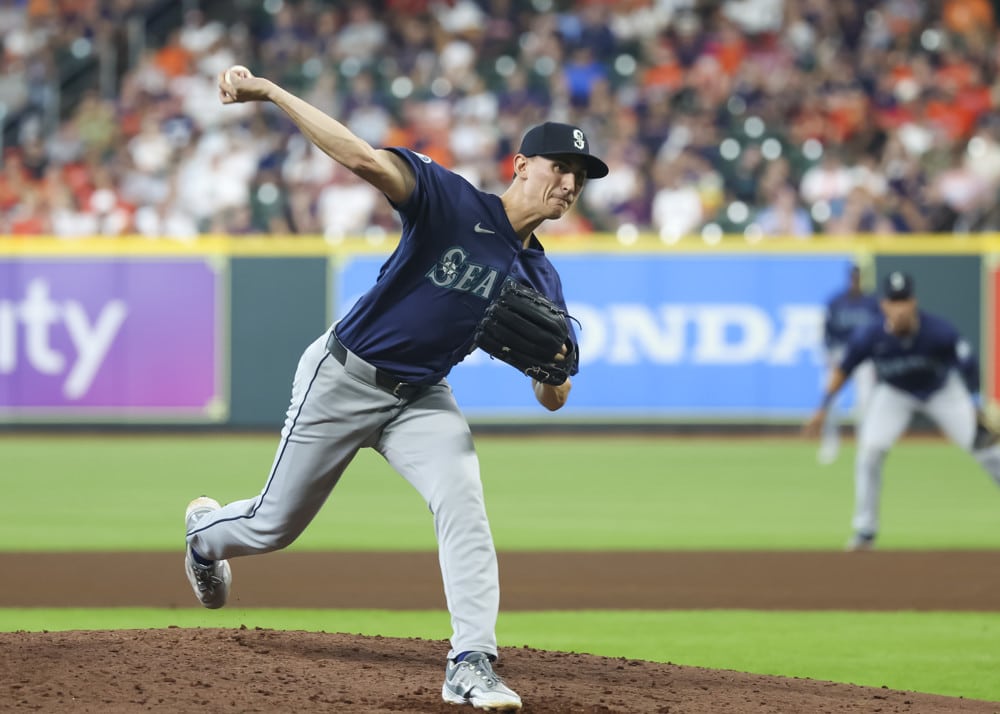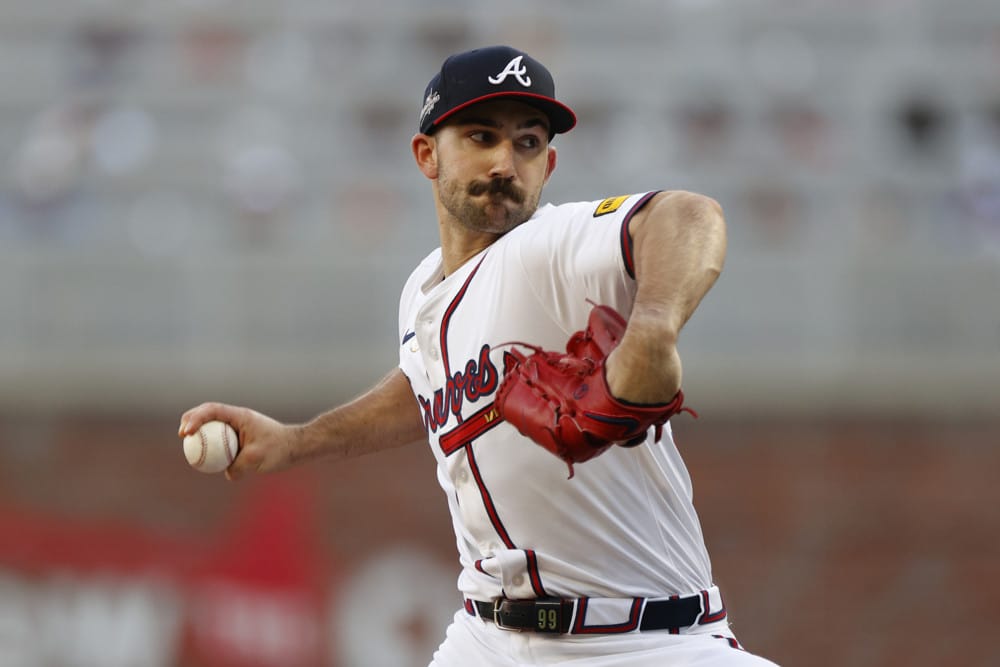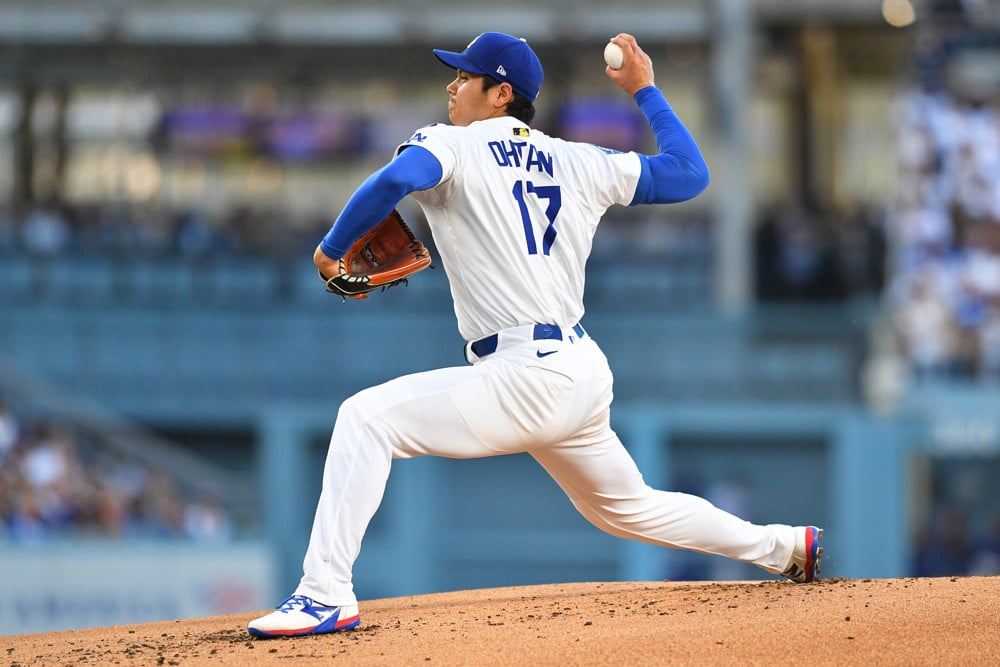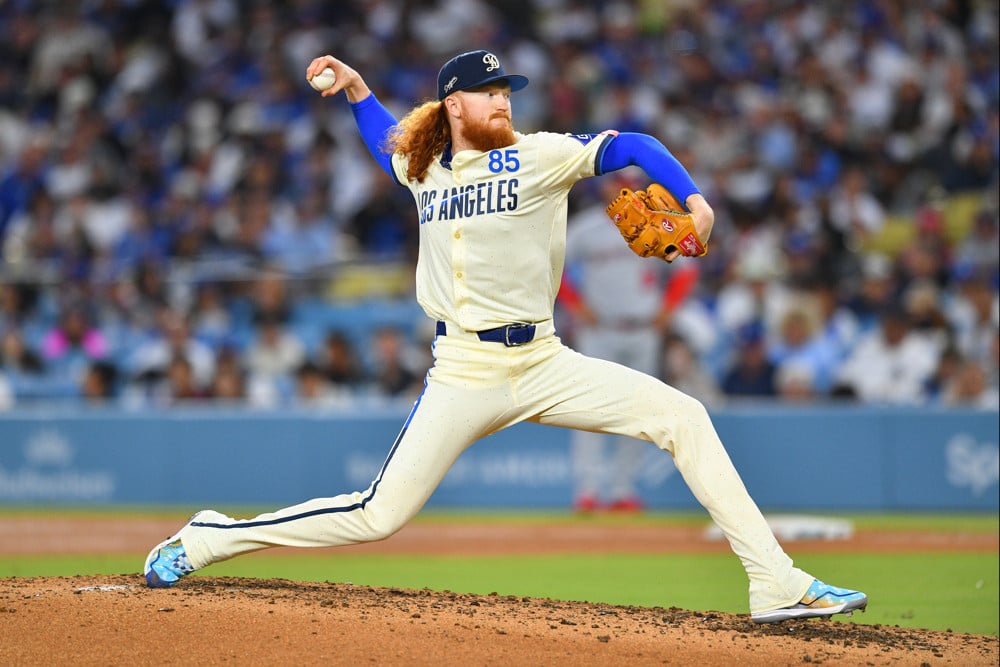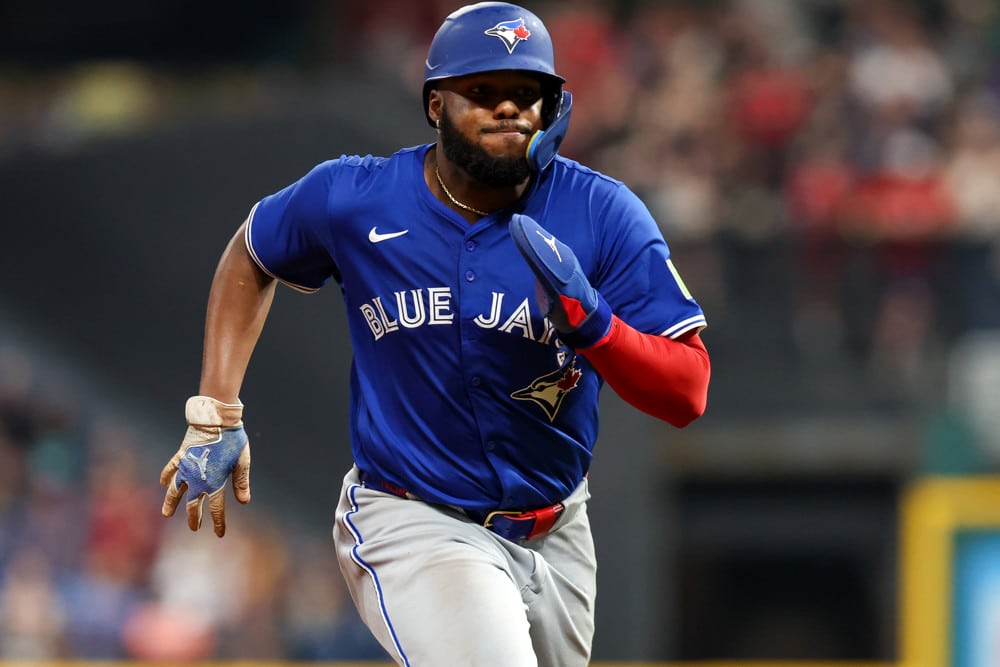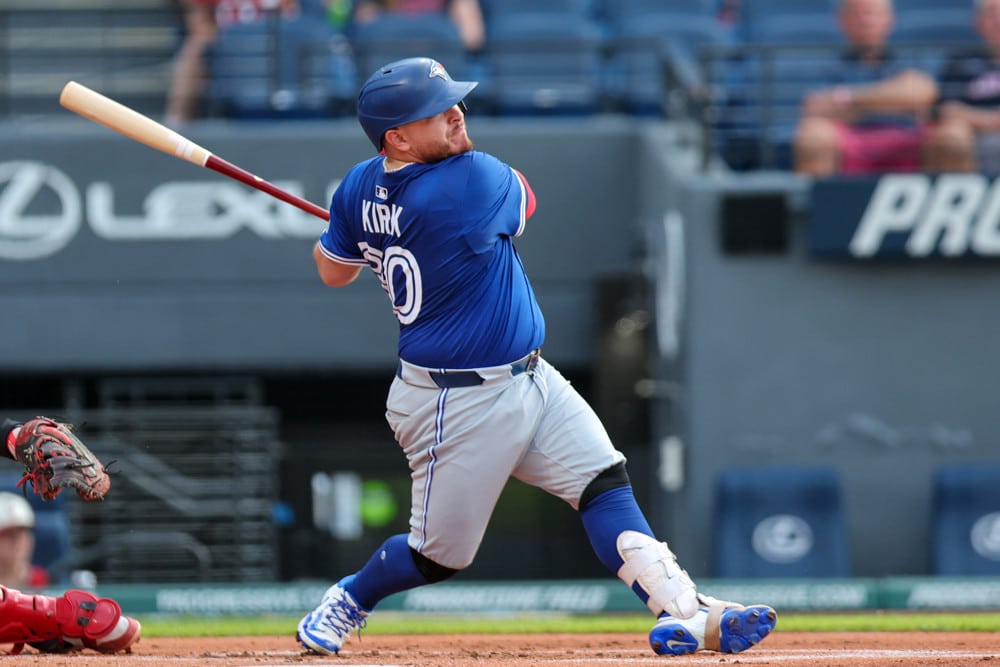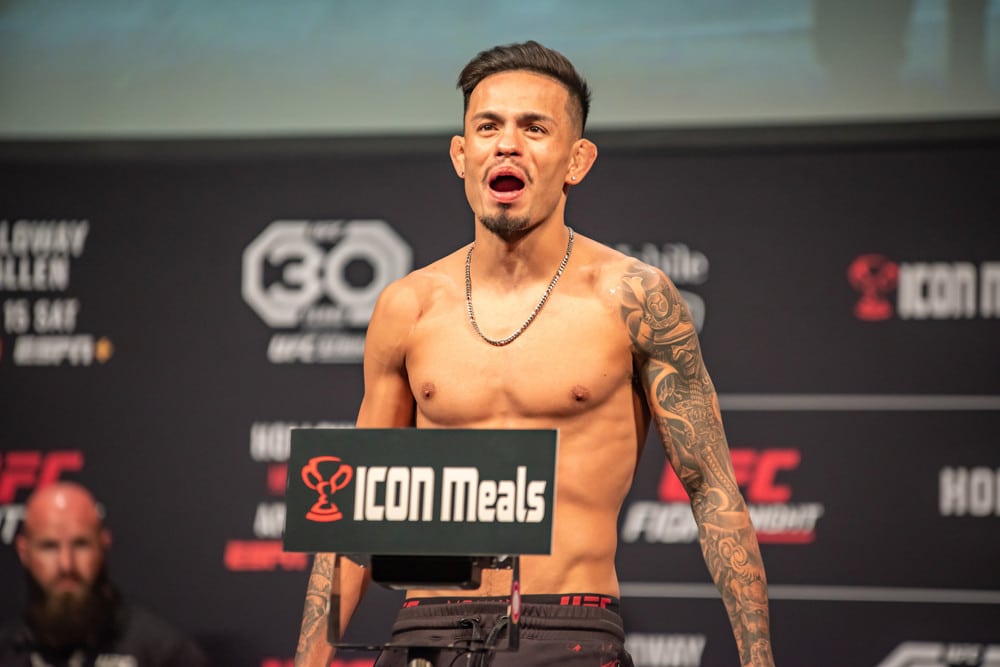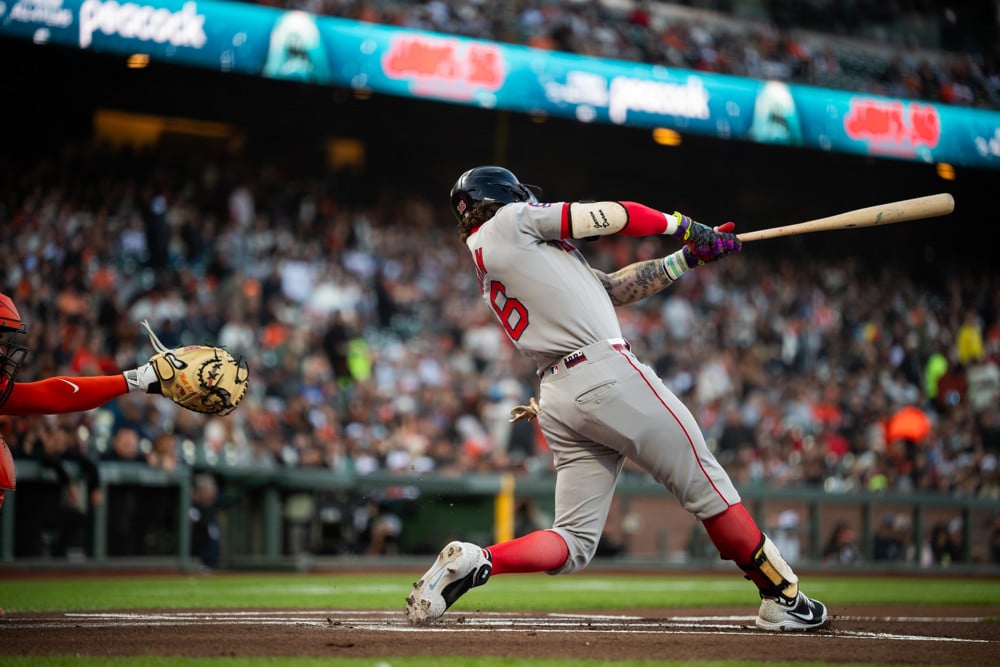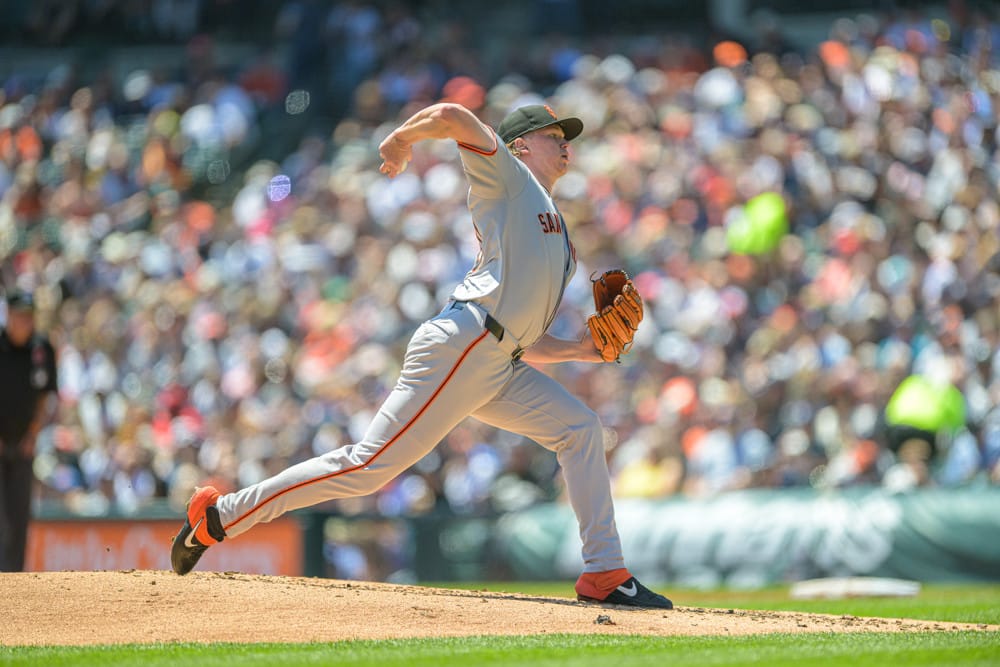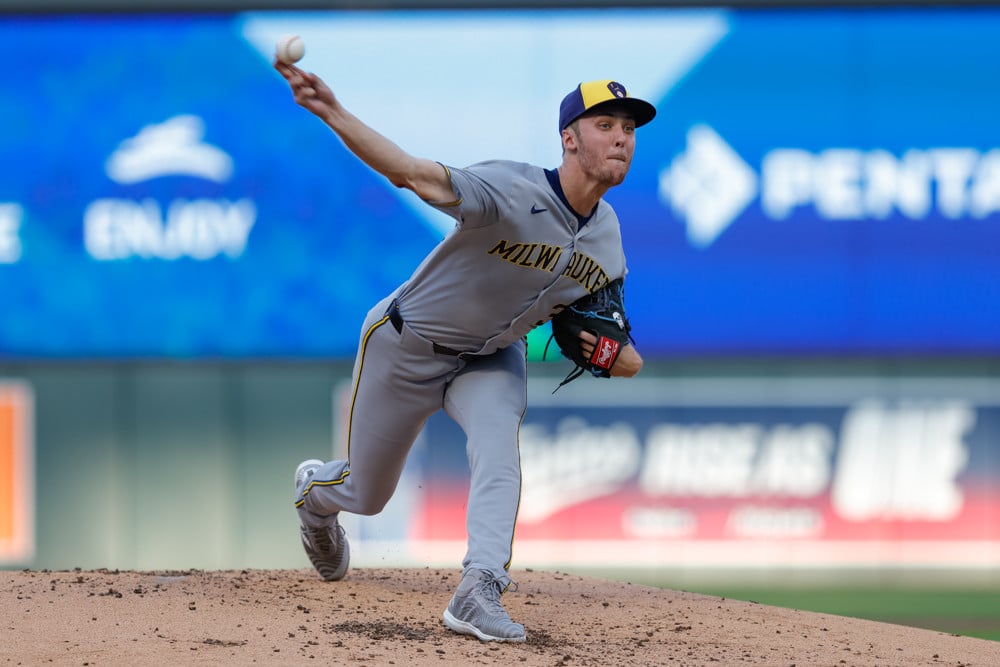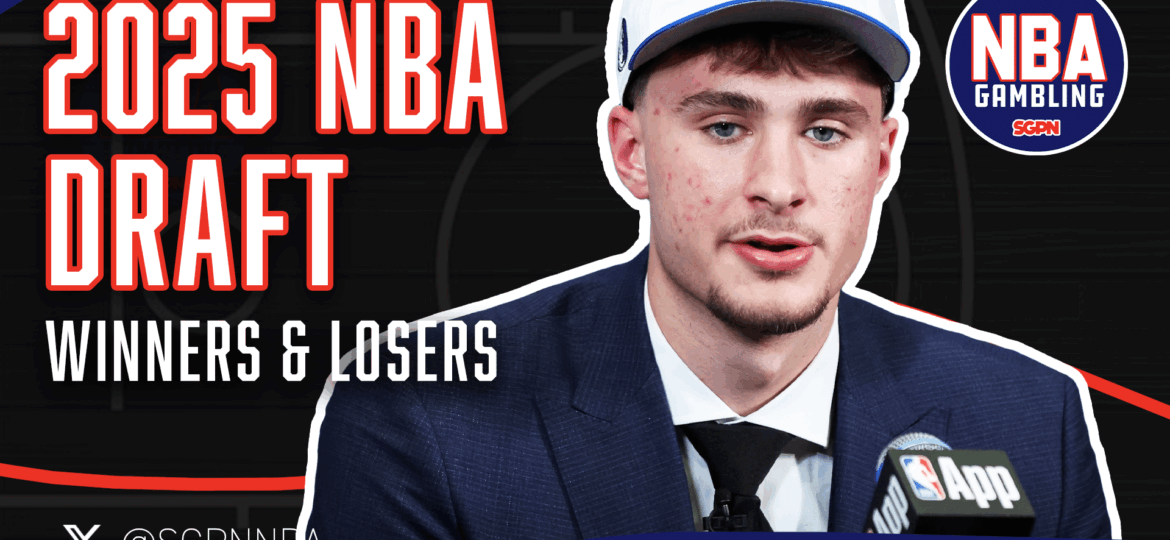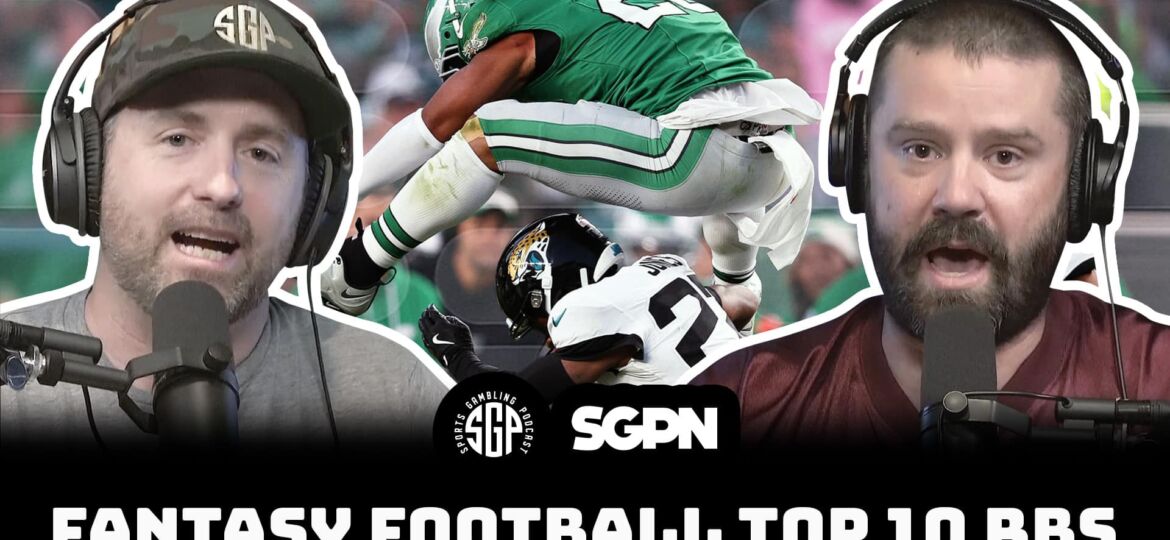Golf fans – Christmas has arrived!
Forget all the propaganda that the PGA Tour State Media pumped back in March – the first major of the season is finally upon us. And as most of the country sees the snow melt and reveal wide swaths to mud and still-dormant brown grass, Augusta National is a subtle reminder that spring is just around the corner and the spectacular green seen at the course will inevitably make it’s way north.
The Masters is the most heavily bet golf tournament in the world, fueled by loads of public money still feeling the gambling itch after the NCAA Tournament and eager to bet on Tiger Woods. Without much preparation, it’s very easy to lose money on the Masters. But those who do their homework and understand not just the field but the golf course itself, how it will play and why certain types of golfers consistently play well there, it can be quite a profitable event.
Here’s everything to know before placing a wager on The Masters.
The Field
It’s the Masters – every top player in the world and stars both past and present will stroll down Magnolia Lane for a chance to get fitted for a Green Jacket.
Here’s the players generating the most buzz heading into this week:
Rory McIlroy: There’s no player in the world hotter than Rory McIlroy right now. This calendar year he hasn’t finished lower than T6 in any stroke play event he’s competed in, and after winning the Players Championship his odds to win the Masters dropped from 12/1 to 6.5/1 (per mybookie.ag). He’s a heavy favorite to complete his career Grand Slam for good reason – he’s leading the PGA Tour in total Strokes Gained (SG), SG – Tee to Green, and SG – Off the Tee. He’s also putting and hitting his wedges as well as he did in 2014, which is the last time he took the golf world by storm by winning two majors. Though the pre-tournament favorite hasn’t won the Masters since 2005, his form strongly suggests that streak will end.
Tiger Woods: No matter how he’s playing, if Tiger Woods is playing in the Masters then he’s squarely in the spotlight. Last year Tiger was still finding his way back and while he had a few good finishes, overall the expectations were relatively low (even if the betting odds didn’t reflect that). But because he won the 2018 Tour Championship and nearly stole the PGA Championship from Brooks Koepka, the expectations for him are sky high once again.
He does come into the Masters in more reliable form than last year. We now have a full year of data that shows Tiger is back to being one of the best iron players in the world. While his putting and his performance off the tee has been a little suspect over the last 15 months, iron play is the most important attribute to success at Augusta and he well exceeds the necessary benchmarks needed to be a contender.
Jordan Spieth: The only player that can rival Tiger’s dominance at Augusta National is Jordan Spieth, who in five appearances at the Masters has finished in the Top 3 four times. He very easily could have three Green Jackets in his closet but instead has to settle for just one. He’s been a complete afterthought in 2019 due to his problems putting now bleeding into his ball striking, and a once lethal ball-striker is now performing like a guy struggling to keep his tour card.
Spieth got out to a blistering start at the Valero Texas Open, leading the masses to scream “HE’S BACK” and send his odds to win the Masters down from 25/1 to below 20/1. Though he faded a bit on Saturday, that might be evidence enough for the public to jump all over him given his elite track record at August National.
The Golf Course
Augusta National needs no long introduction. Even casual fans know the prominent holes on the golf course, the traditional Sunday pin placements, and why Augusta National is considered one of the finest golf courses in the world.
Though it isn’t an official governing body, Augusta National carries significant weight in the golf world in setting both policy and standards. It also is keenly aware of the evolution of golf and how, specifically, technological innovations has changed the game. As such, the club is always looking for ways to tweak the golf course so it can keep up with the changes in how golf is played. In recent years, this has typically involved lengthening it by either constructing new tee boxes or purchasing land from the surrounding area to stretch the club’s boundaries.
The only change to the golf course in 2019 is the lengthening of Hole No. 5 – Magnolia, which has been lengthened to 495 yards after a new tee-box was created across a service road on the property.
The tee shot remains uphill, however the bunkers on the left side of the fairway are no longer in play for most players. By lengthening the hole by 40 yards, though, it makes for a long, tough approach into an already difficult green to hit, especially when the golf course is playing firm.
Any approach shot short will repel the ball off the large swells in the front the green and make the proper landing zone for a low lofted iron much smaller, especially on back right pin locations. This hole will be a beast in 2019.
Otherwise, the golf course everyone knows and loves remains the same. Here are a few highlights and lowlights of the golf course:
Best Hole Everyone Talks About – Hole No. 13 – Azalea
Almost all golf fans can close their eyes and play this hole tee-to-green from the memory banks. The tee shot is a difficult one, especially for right handers, as it requires a draw around the dogleg to catch the slope and cut down the yardage on the approach. A bolder player may try and cut the corner, however the tee shot must be perfect as anything less will get knocked into the trees and likely into the tributary of Rae’s Creek.
After successfully executing the tee shot, the players face about a 200 yard approach through swirling winds into a large but firm and tricky green. Any shot short will find itself in the tributary of Rae’s Creek, and anything long will either find the bunker or settle in a collection area. That’ll lead to a nervy bunker or chip down a lightning fast green to the traditional Sunday pin location in the front right portion of the green. Though this hole is reachable in 2 for almost all players, a birdie certainly isn’t assured.
Add to it that the hole is almost entirely secluded from the patrons and is surrounded by a seas of vibrant pink, white and purple azaleas, there isn’t many holes in golf finer than the 13th at Augusta. And what makes the hole truly great is at 510 yards it’s a hole that even us amateurs can walk off the green with a birdie. But to do so, every shot must be executed perfectly. Otherwise, the strokes can pile up in a hurry.
Best Hole No One Talks About – Hole No. 9 – Carolina Cherry
While several holes look strikingly different than the original Alister MacKenzie design, the 9th Hole has remained largely unaltered over time. The hole was a long 420 yard Par 4 back in 1933, and it stands at 460 in 2019. Given how much technology in equipment and golf balls has made golfers significantly longer off the tee, this isn’t a significant lengthening of the hole since the club was opened.
The tee shot is a relatively simple one, as the fairway widens down the chute and runs downhill. But what gives the golfers nightmares is the 9th green, a three-tiered menace that requires perfect precision with an approach shot to make sure the ball is on the proper level of the pin placement.
The approach shot is uphill from the bottom of a gully some 20-30 feet below the putting surface. If the approach shot is woefully short, it’ll run off the false front almost all the way back to their feet. But that doesn’t mean the safe play is to hit over the flag just to be on the dance floor. If you roll the ball from the back of the green to the front, it’ll go down almost 10 feet of slope. If you ever want to see a professional golfer uncomfortable on a putt, watch them try and hit a 10 foot putt above the hole on the 9th, knowing if they misjudge the speed or line they may be chipping back up the green for their next shot.
Worst Hole Everyone Talks About – Hole No. 7 – Pampas
The Par 4 7th is one of the least recognizable holes on the golf course from it’s original design. MacKenzie and Bobby Jones originally designed this hole as a short Par 4 similar to the 18th at St. Andrews. The hole even featured it’s own “Valley of Sin” with a steep false front trickling down to a deep collection area to yield a difficult chip back up to the hole.
The hole was deemed “too easy” by the members, and Horton Smith reduced the size of the green to make it more of a “postage stamp”. Three large bunkers were also added in front of the green to gobble up short approach shots. Later in 1951, the two back bunkers were added to further punish poor approach shots.
In 2000, Tom Fazio came in and changed the hole further, adding additional trees along the fairways, increased rough and lengthened the hole to the 450 yards it is today. This once wide open, short Par 4 featuring a false front and a complex three-tiered green was now transformed into a claustrophobic long Par 4 into a small green heavily fortified by bunkers. The hole just doesn’t fit in with the spirit of the rest of the golf course. One of the hallmarks of the golf course is to play the hole strategically with each shot, often times setting up the putt one desired on the green of a Par 4 or 5 with a proper tee shot. There is very little strategy to this hole other than avoiding the pine trees and the bunkers. This hole is largely regarded as the weakest one on the golf course.
Worst Hole No One Talks About – Hole No. 11 – White Dogwood
For the golf sadists, the tough 11th that starts Amen Corner is a favorite because disaster lurks everywhere. The hole plays incredibly tough, especially into the wind, and those who walk off the green with a par are usually quite happy with the result.
But the Tiger-proofing of the hole took a lot of creativity out of it. Below is a side-by-side view of the 11th before and after the alterations from 1999 to today:
Graphic courtesy of The Fried Egg
In 1999, the fairway was much wider and allowed the hole to be attacked from multiple angles and give golfers a chance to walk off the green with a birdie. There still presented challenges on the hole both left and right, with a greenside pond on the left and large swells short of the green to repel errant approach shots to a collection area on the right.
But with the lengthening of the hole and the pine trees added on the right side of the fairway, the hole plays basically the same for everyone – hit a drive to the top of the hill, and hit the approach away from the pond. Especially when the pin is front left, almost everyone plays away from the pin towards the front right collection area and take their chances putting or chipping back downhill towards the pin. With a limited way to make birdie and lots of ways to make bogey or worse, there’s not a lot of excitement to be had on the hole.
Betting Strategies
The U.S. Open claims as the toughest test in golf, but to win the Masters almost every facet of a golfer’s game must be firing on all cylinders. A golfer must drive the ball with the perfect blend of both length and accuracy, as being out of position on the fairway could mean the best possible score they can have on the hole is par. A golfer must possess both distance control and accuracy on their approach shots, as it is vital to put the approach shot on the proper tier on the green to give themselves a good look for birdie. It is uncomfortable for a golfer to chip off the tight lies around the greens, and with how fast and sloping the greens are they’ll have to be both vigilant and creative to get the ball close to the hole. And then the greens are lightening quick and do not offer many opportunities to hit a straight putt. That will make it difficult for even the greatest of putters in the world on greens where experience matters.
That’s part of the reason why there’s been a wide array of golfers who have put on the Green Jacket in recent years. Golfers like Jordan Spieth, Sergio Garcia and Danny Willett were premier ball-strikers with their irons to continually set themselves up for good scoring opportunities. Bubba Watson has won at Augusta twice by bringing the golf course to it’s knees off the tee and with his creative shot trajectories. Golfers like Phil Mickelson, Zach Johnson and Patrick Reed are wonderful with their short game and can get molten hot with the flat stick. And Tiger Woods, well, he was good at everything.
If there was one particular attribute in a golfer’s game that is the most important, it would be with their iron play. A golfer doesn’t have to hit every fairway to remain in contention. The shaved down rough makes it easier to make clean contact, and as long as they find themselves on the correct side off the fairway they still can fire at the pin with a good angle to the green. Therefore, proper distance control and accuracy with the irons are paramount to set up good scoring opportunities. Additionally, those who score well on the Par 5’s stand a great chance to contend on Sunday, especially when the golf course plays tough and birdies are scarce.
Regardless, the best metric to handicap the tournament before Thursday is SG – Tee-to-Green. As noted by Brandel Chamblee, six of the last 7 winners of the Masters entered the tournament in the Top 10 in SG – Tee to Green:
Now, Brandel cheated a bit on this list. Danny Willett hadn’t had enough rounds under his belt in 2016 to qualify for an official ranking, but cumulatively in his starts on the PGA Tour that season his ball-striking statistics were truly elite heading in. And missing from the list is 2018 champion, Patrick Reed, who was ranked 24th in SG-Tee to Green heading into the event. While Reed had a rather pedestrian start to his PGA Tour season, he perfected a helicopter swing to add a missing piece to his arsenal – a fade – which now allowed him to accurately hit the ball in both directions. That is a skill needed if one truly desires to win The Masters.
The following are players inside the Top 10 in SG – Tee to Green heading into the Masters (with odds courtesy of mybookie.ag):
1. Rory McIlroy – 6.5/1
2. Byeong Hun An – Not Entered
3. Hideki Matsuyama – 35/1
4. Justin Thomas – 18/1
5. Dustin Johnson – 10/1
6. Tommy Fleetwood – 25/1
7. Corey Conners – 250/1
8. Gary Woodland – 70/1
9. Tiger Woods – 14/1
10. Patrick Cantlay – 66/1
It’s important to keep a bit of perspective with this list and know context of how they earned these stats. And just because the Top 10 SG – Tee to Green trend has been hot, it certainly doesn’t make it a hard and fast rule. Others just outside the Top 10 on this list include Matt Kuchar (11th, 45/1), Paul Casey (14th, 25/1), Xander Schauffele (16th, 35/1) and Jon Rahm (17th, 18/1). All possess the game and talent to take home the Green Jacket and buck the trend.
The other important consideration a bettor must make is the weather. That will impact both how the golf course will play and what types of golfers will fare well. In cold, blustery conditions with low humidity, the golf course plays very European-like where consistency and accuracy are much more important than length. But when it plays in hot, low wind and humid conditions, then The Masters resembles more like the Waste Management Phoenix Open with birdies plentiful around the golf course and allows someone to overpower it.
A few weeks back, the weather conditions were looking pretty bleak. The temperatures were expected to hang around the low 70’s, and the winds were forecast to gust as high as 30 MPH out of the west, which is the toughest wind direction the players can play in.
Since then, the forecast has significantly improved:
- Thursday – Partly Cloudy, High 81, Wind SSE 9-14 MPH, 44% Humidity
- Friday – Cloudy, High 84, Wind SSW 9-13 MPH, Humidity 43%
- Saturday – Partly Sunny, High 82, Wind SW 5-9 MPH, Humidity 39%
- Sunday – T-Storm Possible, High 78, Wind SSE 10-15 MPH, 51% humidity.
The first thing to take from the weather forecast is how to build a DFS Lineup. From the forecast, winds are expected to gradually increase from Thursday morning to Thursday Afternoon, while the wind appears to be constant for both waves of golfers on Friday. Therefore, a slight lean should be made on golfers in the Thursday AM/Friday PM waves. However, it is crucial to keep an eye on the forecast to make sure you set up your DFS lineup for success by stacking towards the more favorable draw.
The next step affects various props such as the cut line, the winning score, the lowest round of the tournament, etc. The forecast is similar to those seen during the 2011 Masters. That week, the temperatures ranged from the upper 70’s to upper 80’s with light to moderate winds all weekend long. That year, the winning score was -14, the cut was +1 and the low round of the tournament was 64 by Jason Day. While the conditions on Friday might push the cut a couple strokes higher than +1, it’s looking favorable to take the under on all three of the Winning Score, Cut Line and Low Round props that will be offered.
Lastly, with light to moderate winds, warm temperatures and rain expected on Sunday, that should give an edge to longer hitters off the tee. The ball should fly farther in the warm temperatures from Thursday-Sunday which will allow longer hitters to hit into greens with higher lofted irons more often. With rain expected before the tournament and on Sunday afternoon, that should also soften up the fairways a bit to artificially make them wider and limit any rollout of them, which also favors longer hitters. While all greens have sub-air systems to suck moisture out of them, any rain sustained mid-round will take the fire out of them and allow golfers to play target practice and enjoy slower greens than normally seen at Augusta National.






